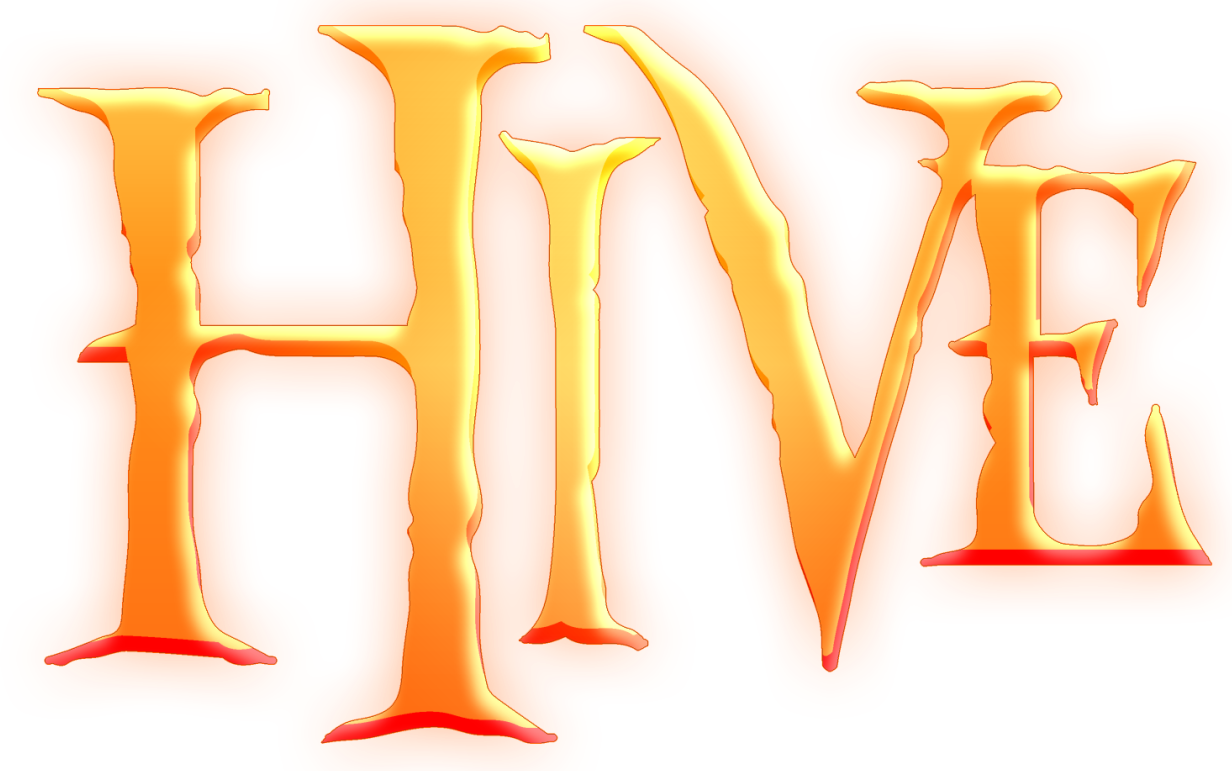- Joined
- Sep 3, 2004
- Messages
- 2,086
Part 1: What is the oyster effect?
I will demonstrate this effect using by Sheerton Lizard skin, and a dummy scale done in photoshop.

The oyster effect uses overlapping dodge and burn of two colors, over a darker usually bluish background. In my skin, this used the effect of teal and a dark indigo.
The effect is noticeable on small areas of the belly, the top scale of the head wrap, and the top scale of the neck wrap.
Part 2: How to do the oyster effect
1- Start with a dark color on the skin, I am using a dummy scale.

2- Using a fairly large brush, dodge white in a lighter version of the color, but also towards another color. Ie blue means use teal, and red means use orange. I am using a 200x200 image, and will use a 20 brush at 15%. Create a rib-like wave of dodging

3-Now, and what you want at the brightest side, dodge a bunch of more 'ribs' and overlay them. Next, move on to the darker side, to blend them together

4-Now, use white at 15%, and brush over the ligthest area, create a kind of shine to it, and move down to the darker area, using less concentration

5-Now, the effect on the main part is complete. Simply shade out and fix up the effect as you please

NOTE: I don't want this stickied here, but posted in the tutorial forum, so other people can also post how to do their other effects
I will demonstrate this effect using by Sheerton Lizard skin, and a dummy scale done in photoshop.

The oyster effect uses overlapping dodge and burn of two colors, over a darker usually bluish background. In my skin, this used the effect of teal and a dark indigo.
The effect is noticeable on small areas of the belly, the top scale of the head wrap, and the top scale of the neck wrap.
Part 2: How to do the oyster effect
1- Start with a dark color on the skin, I am using a dummy scale.

2- Using a fairly large brush, dodge white in a lighter version of the color, but also towards another color. Ie blue means use teal, and red means use orange. I am using a 200x200 image, and will use a 20 brush at 15%. Create a rib-like wave of dodging

3-Now, and what you want at the brightest side, dodge a bunch of more 'ribs' and overlay them. Next, move on to the darker side, to blend them together

4-Now, use white at 15%, and brush over the ligthest area, create a kind of shine to it, and move down to the darker area, using less concentration

5-Now, the effect on the main part is complete. Simply shade out and fix up the effect as you please

NOTE: I don't want this stickied here, but posted in the tutorial forum, so other people can also post how to do their other effects






